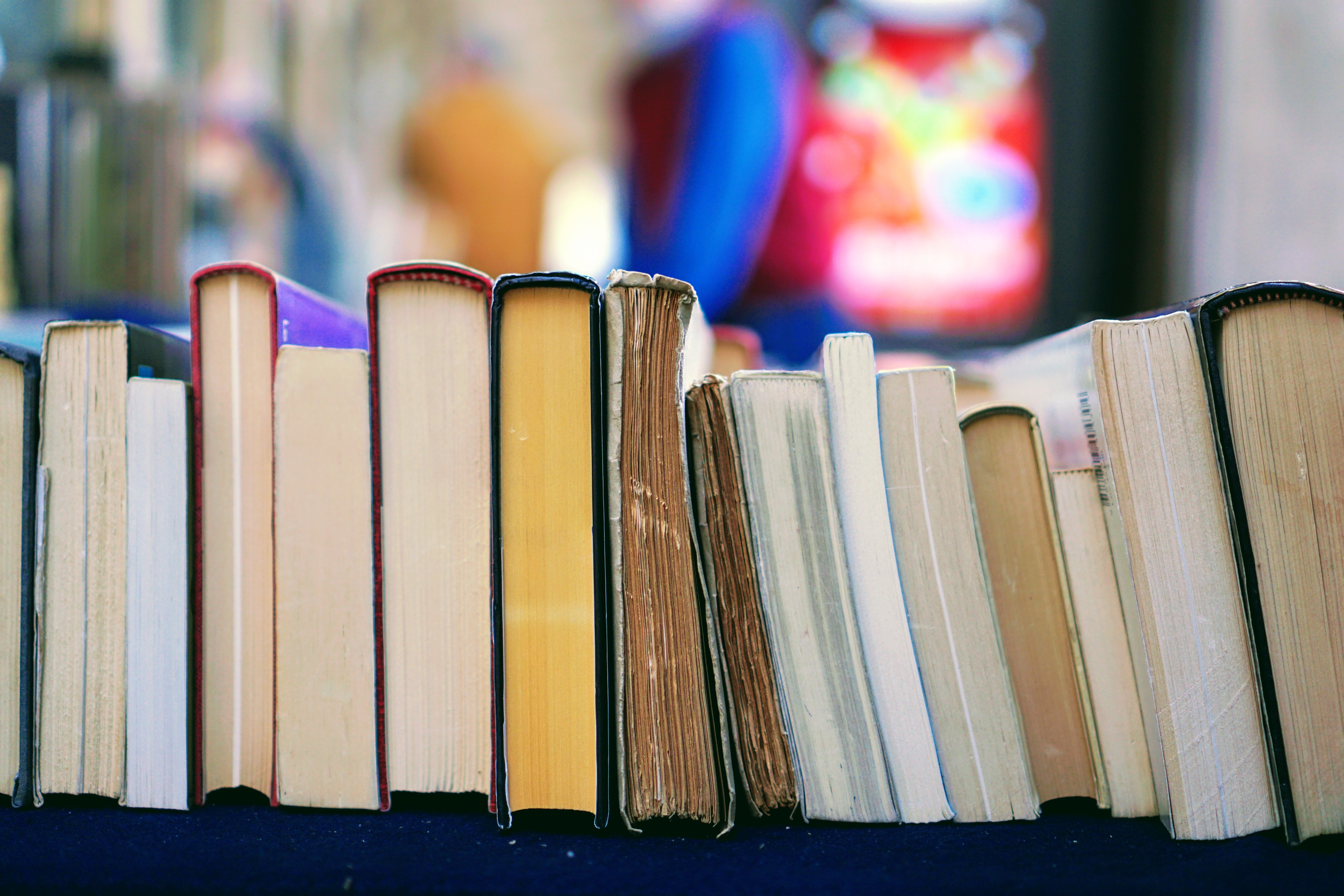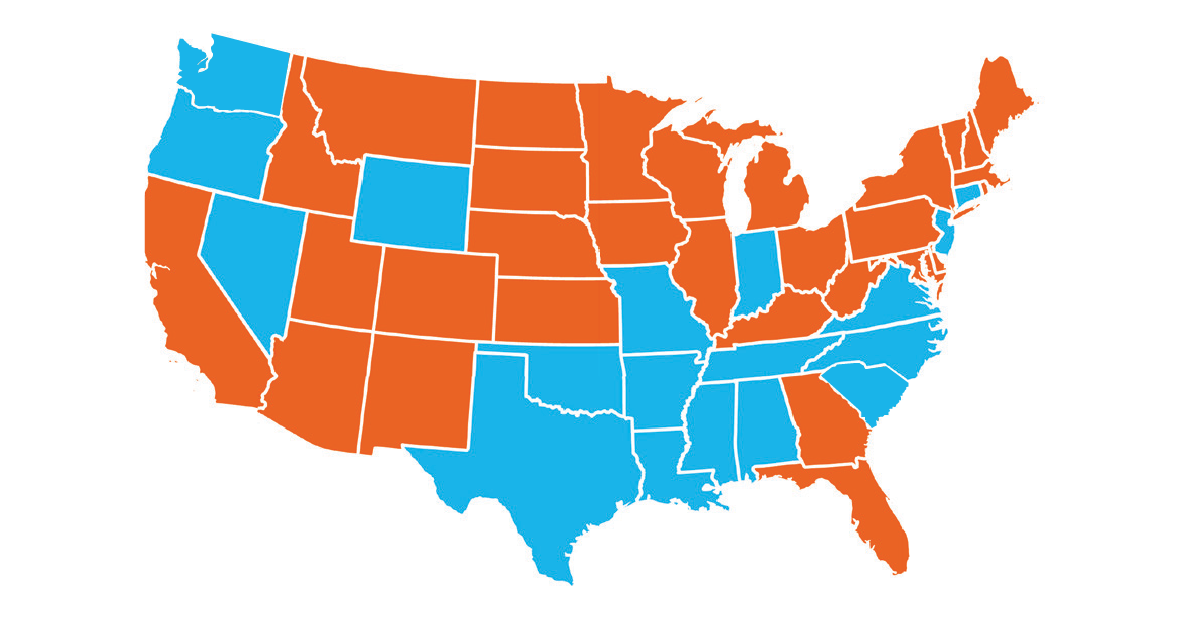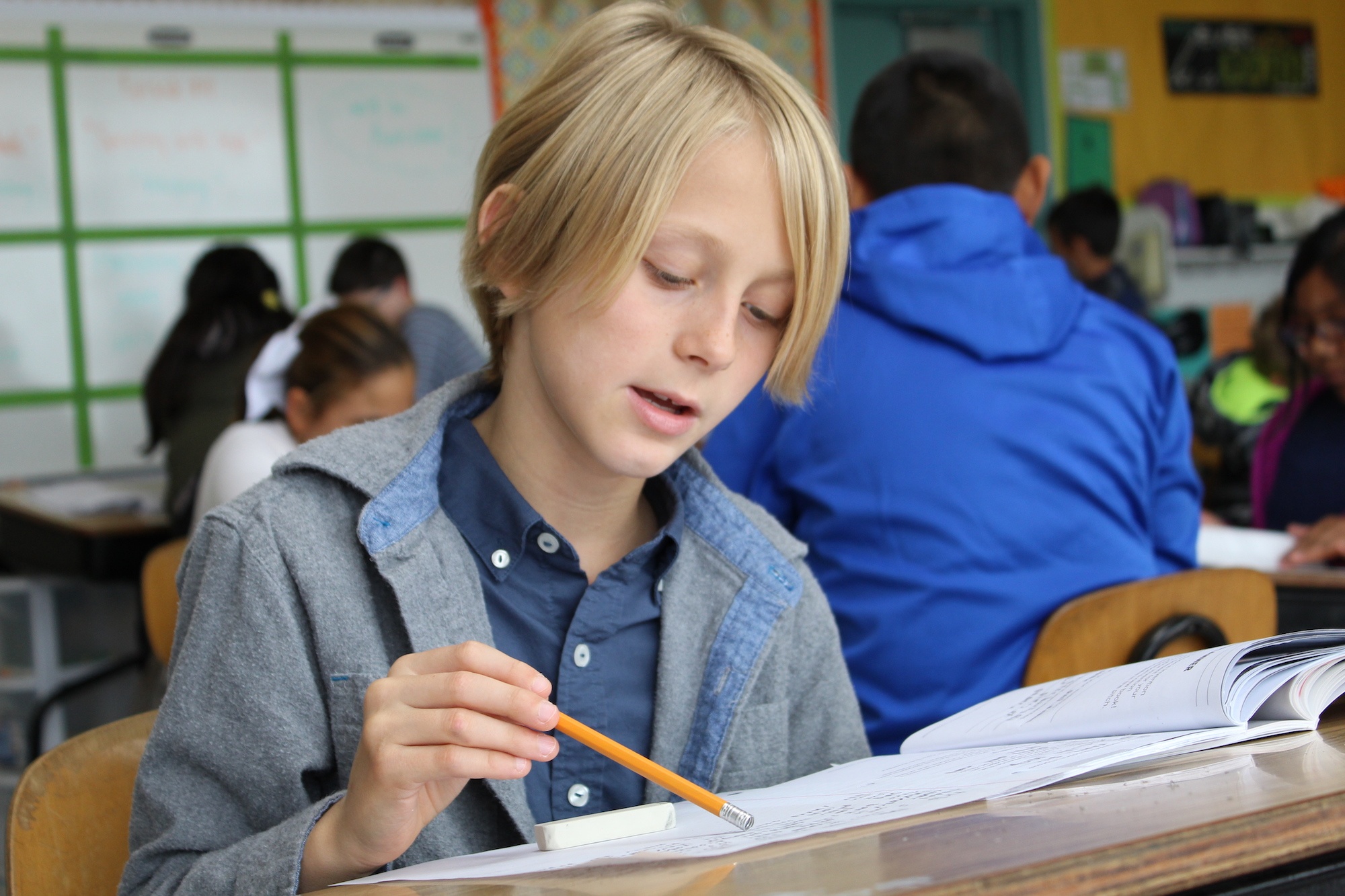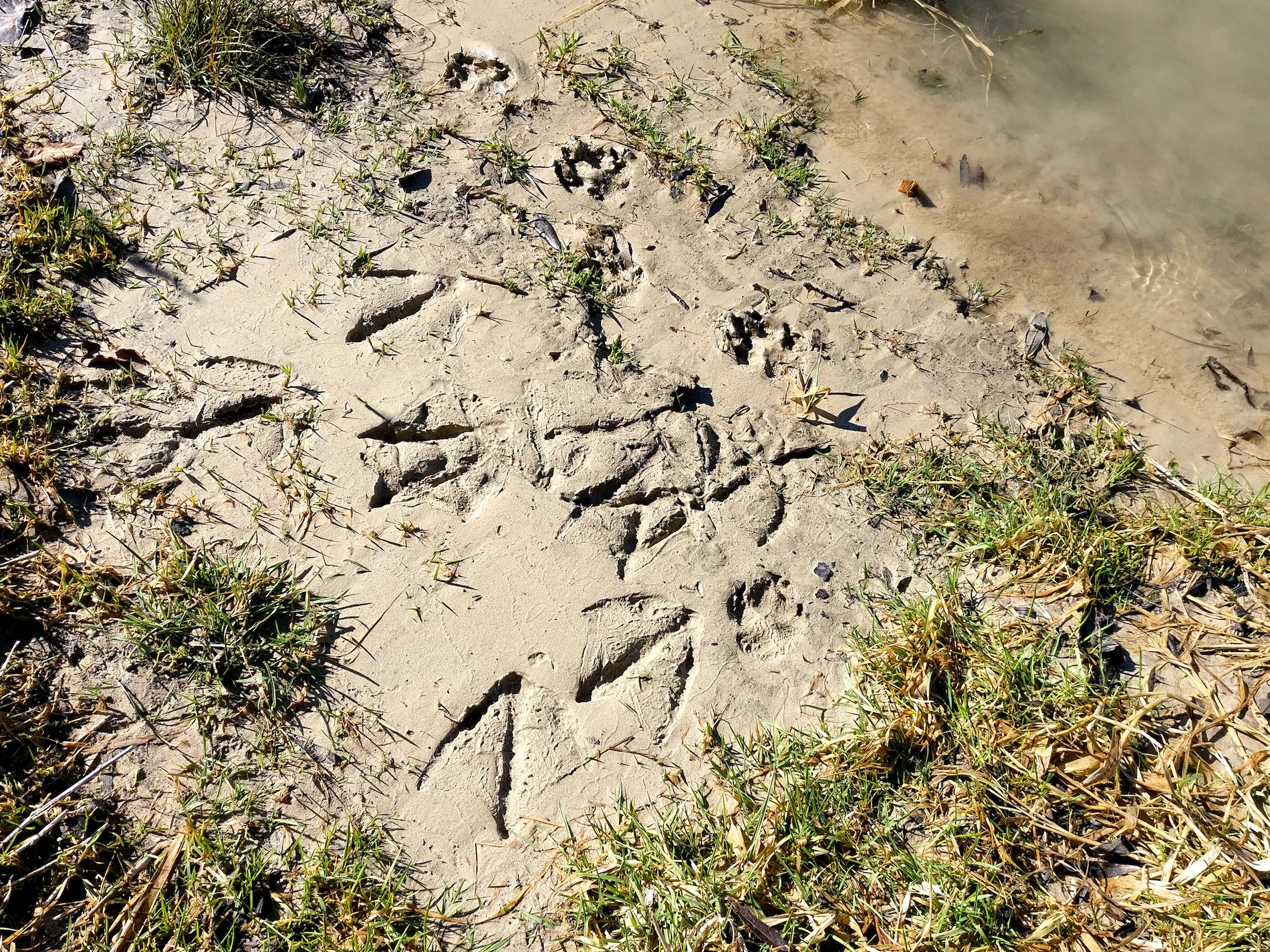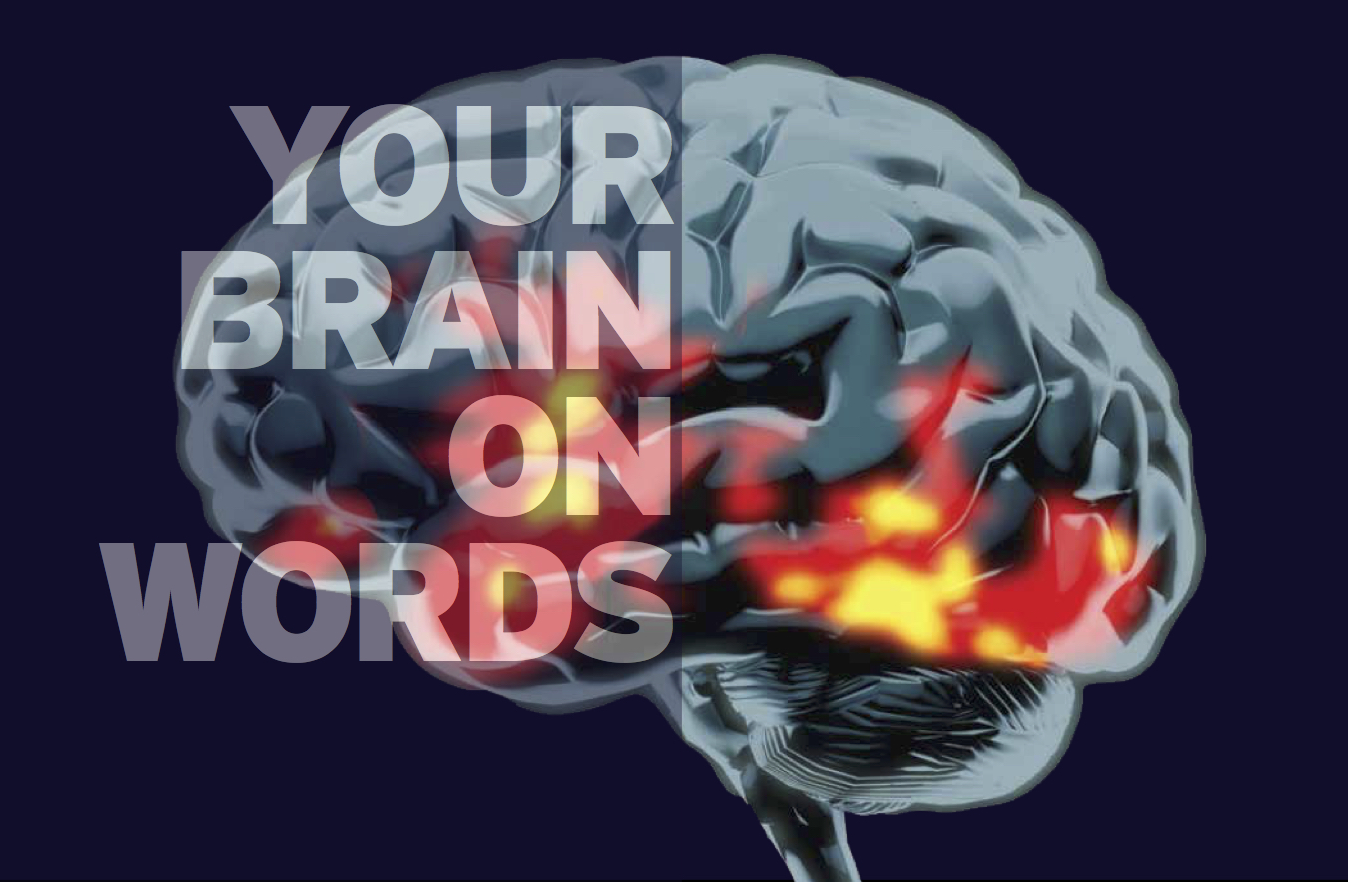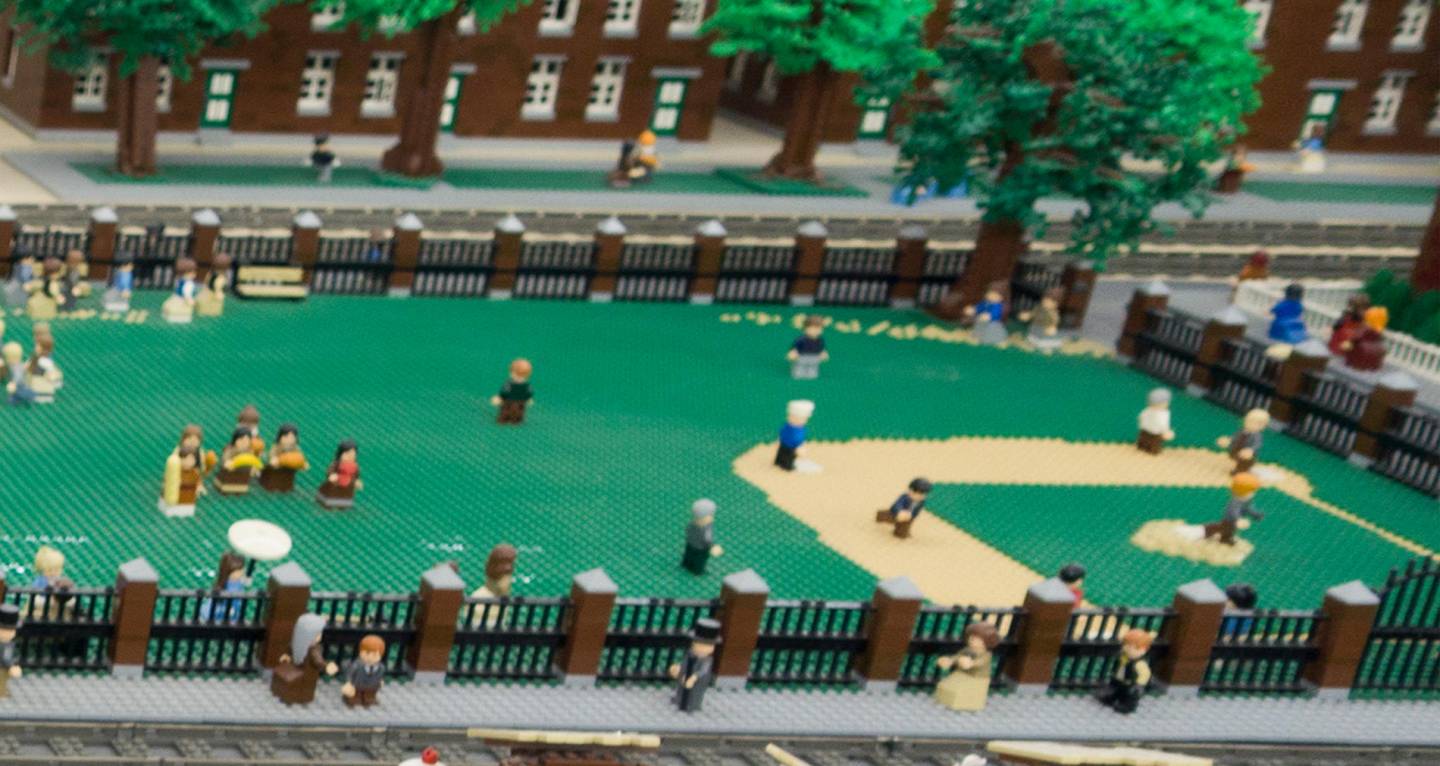The summer months are primetime for relaxing–and catching up on the latest and greatest thinking on education. We asked our CKLA Educator Ambassadors to share what they were reading
Over the past several years a national parent-driven, grassroots movement has successfully promoted new state policies focused on identifying students at risk for dyslexia. These
When children first learn to read, they will already understand a lot of spoken language. But written words and letters can be as strange to them as these marks below:
What’s your brain doing as you read these words? How did it learn to read in the first place? The remarkable journey of just one letter reveals the surprising answers.
Chase a beam of
Discover the remarkable neurological changes that take place in the brain as students learn to read.
Neuroscientific research is now yielding advanced insights into the connections between brain science and learning success, especially literacy. At the leading edge of this research is
As a third-grader in Ithaca, New York, I picked up a book by the great American poet A.R. Ammons. I opened it, not because I was interested in great American poetry, but because the
In Norway, Wisconsin, as in much of the state, cold winters are a way of life. People allow extra time to bundle up and then waddle through town like Michelin men edged with fur. For
